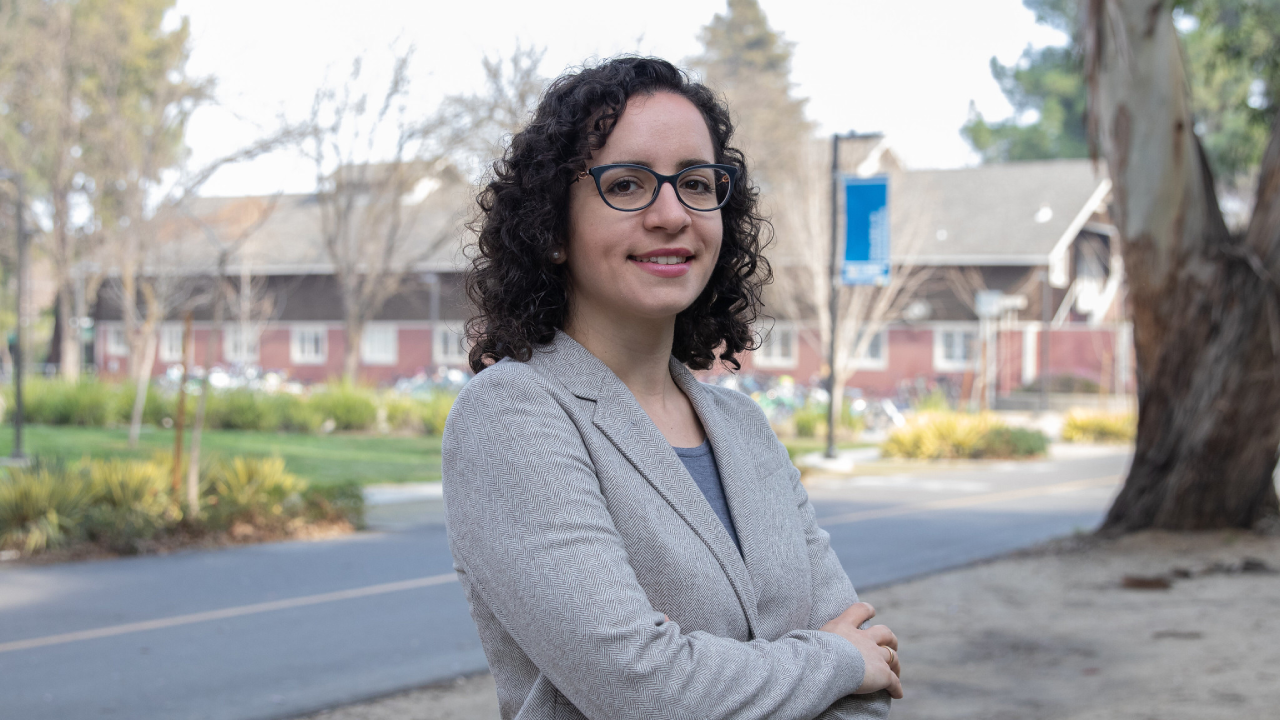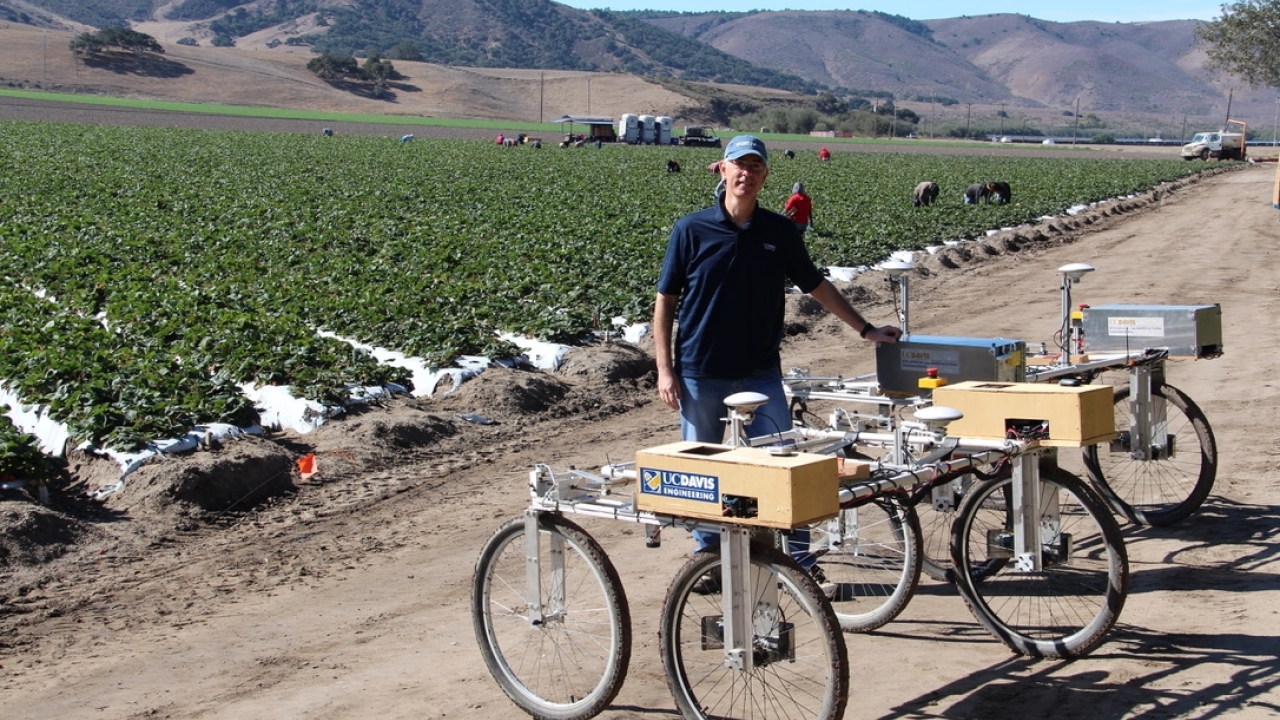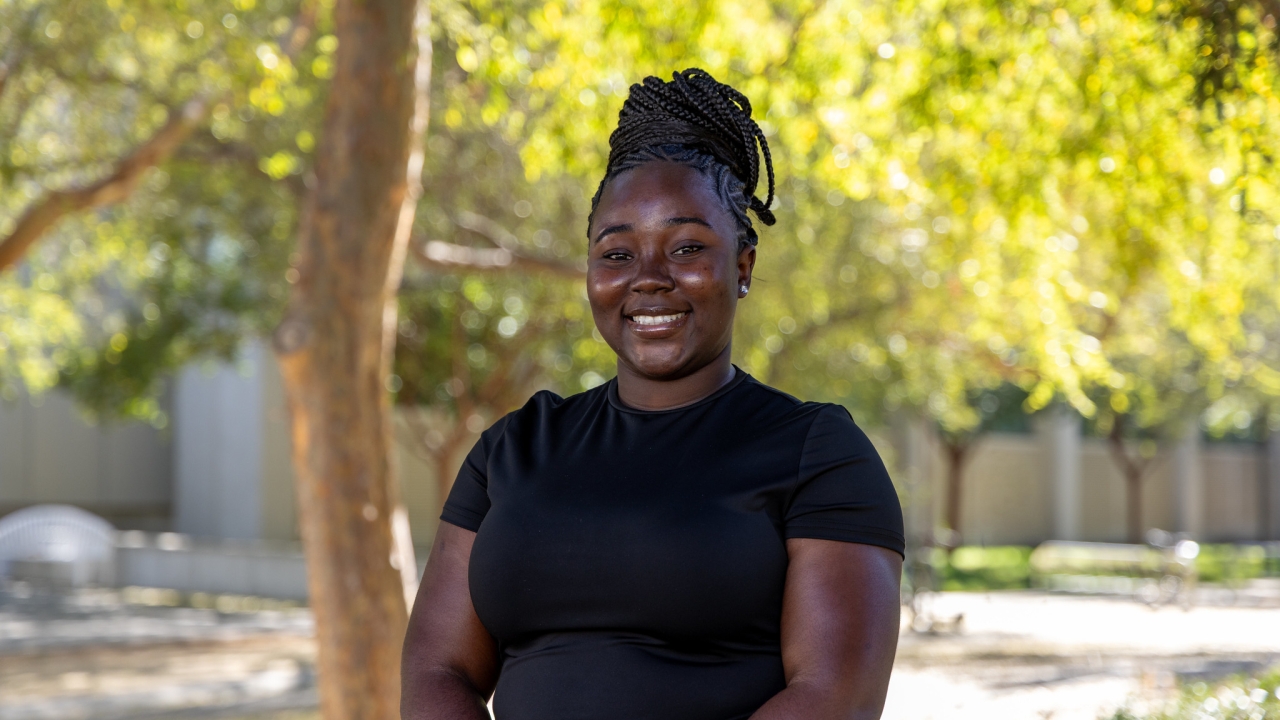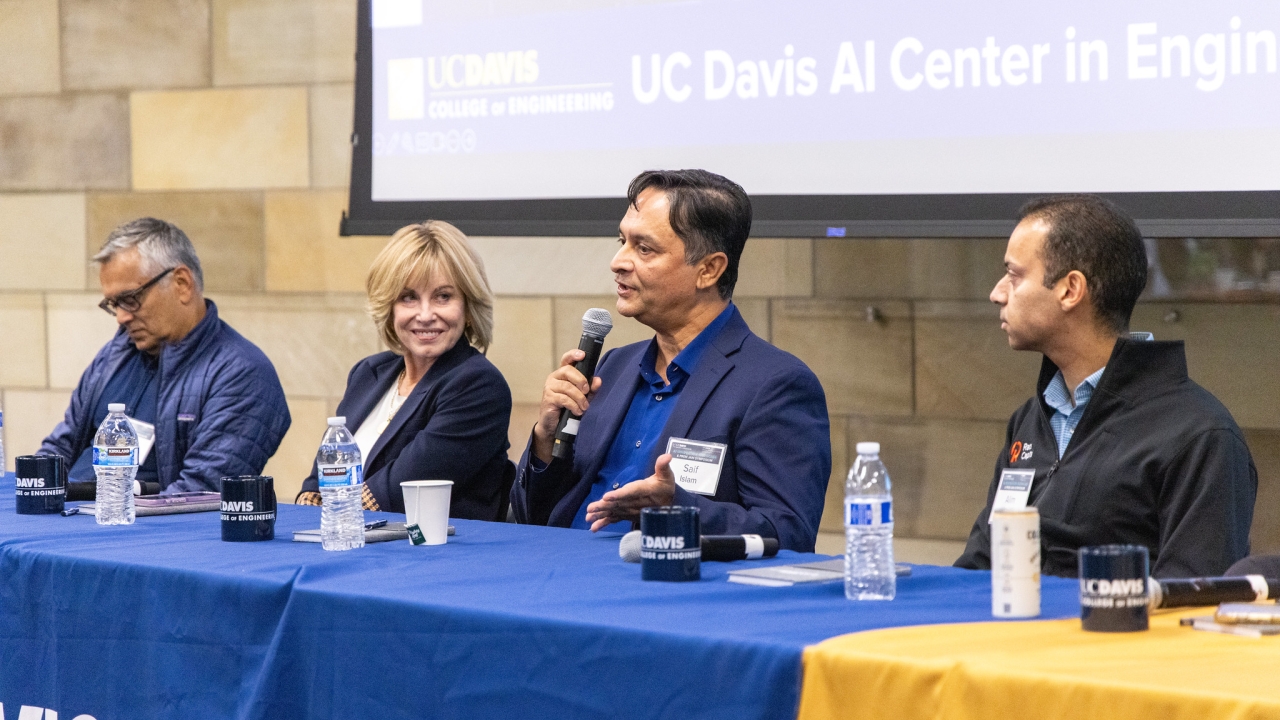
Marina Radulaski: Inspiring Women in STEM
UC Davis Assistant Professor of Electrical and Computer Engineering Marina Radulaski holds a Ph.D. in applied physics from Stanford University, but her science career started in Serbia with a double major in physics and computer science from the University of Belgrade and the Union University. Serbia has a rich history in physics with Nikola Tesla being the most famous Serbian-American inventor—for now.
What brought you into the field of quantum physics and computing? What fascinated you?
When I was in high school, I was part of a summer science research camp where we learned about advanced physics and quantum phenomena as can be seen in the double-slit experiment. The premise there is that one object can be at two places at the same time, or so it seems to be at least. And that really fascinated me. It made me want to understand it, and see that totally unintuitive nature of matter in practice.
When you compare the European (or maybe specifically the Serbian) educational system to the U.S., what made it easy for you to access physics?
Looking at my upbringing, I feel like I was very lucky to be exposed to these [science] programs back in Serbia. Serbia has this very unique science program called Petnica Science Center. It's been there for almost 40 years, and it is not based on grades; it's based on interest. Kids who are interested in scientific methods, who are curious can come and attend. You need not to have the best GPA to qualify, but you have to write an essay that shows you have energy and interest. Another thing I thought was really helpful: in Serbia, it was expected that girls would do well in math. It was not unusual that a girl was the best student in class, when I was young. And that the teacher would call upon me or other girls to give an answer.
Those two experiences, being expected to excel in STEM from an early age and then being in an environment that promotes curiosity rather than achievement, really helped me to navigate my successes in STEM later in my education and career.
When you were thinking about your university research career, were there any special programs that fostered your interest and made you stick to your STEM career choice?
After finishing my undergraduate degree in Serbia, I came to Stanford University for a Ph.D. I encountered many new things like a new culture, new country, new educational system. And clearly in STEM, in my field, there are just so many more men. I benefited greatly from so many diversity programs. I never doubted that I would finish my Ph.D., or that STEM is the field for me, but it can be challenging. There are all kinds of invisible biases and messages that you internalize about whether you are destined to succeed. There were different programs that helped me feel more confident and comfortable. Some were women’s groups in academia where we could share our experiences with peers. Some were dinners with successful women who were twenty years ahead in their career, and they shared where they felt challenged. These experiences helped me anticipate future challenges and made me realize that it’s not my shortcoming; it’s the system’s shortcoming.
Some of these insider tips you would get if you’re invited for a beer, or dinner. But very often, as some kind of outsider, whether by gender or background, you are not invited and you may be missing some common knowledge that is available.
All these things really helped me to be more effective in promoting my science, in deciding on my goals and what’s realistic and what I can ask for my career.
How do you translate this knowledge in your lab with the young researchers you are mentoring?
It starts with setting up the lab culture in a way that is inclusive. Because I went through a lot of training on diversity to understand my experience, that helped me to understand experiences of people who are not like me, but are also potentially outsiders. There are different things that you can do in the lab to make sure that everyone feels included. One is training more senior students. For example, I have graduate students and undergrad students, and graduate students often mentor undergrads. Discussing with graduate students what type of mentoring they can provide, what questions to ask and how to be supportive and inclusive mentors, is one way of scaling inclusiveness up. It’s not just up to me, it’s the whole new generation of students doing it. The system of values clearly comes from the top, the PI, but to be implemented, it needs to be supported by every player on the team. I see my students several times a week, but they see each other—when it’s not during a pandemic—for many hours in the lab. If these cultural values are not supported throughout, then there’s only limited influence that I can have.
How important are female role models for future scientists? Did you have a science hero or heroine?
Female role models in STEM are really, really important; especially diverse female role models, because in the previous generation for a woman to be successful in STEM, she really needed to be top notch and be very strong and smart to clearly pass every test, because otherwise biases and other structural problems would disqualify her. As a student, I was exposed to these fantastic role models, for example, I had a female Ph.D. advisor and then also some other women that I saw at conferences. They were just so inspiring.
But then I realized that we’re missing female role models that are performing in a more average manner. We need to see all kinds of women to calibrate expectations, because when you see just these “über women” that can be hard. Also, it is important to talk not just about female role models, but also women of color. I think that my colleagues who are young women of color had even more difficulties seeing women that they can relate to. Diversity is not just gender, but it’s all these additional degrees of freedom whether it’s race, immigrant versus domestic, financial privilege versus growing up in poverty.
STEM affects so many important things from cars to the Internet to rockets to vacuum cleaners. It is very clear how society can benefit from even more diverse talent.
Prebranac (hearty Serbian bean soup) or chicken noodle soup? What is your favorite, and do you cook it?
I actually very recently started cooking prebranac, and when done well, with a hearty amount of dried meat, it is probably the most delicious and also very nutritious option.




